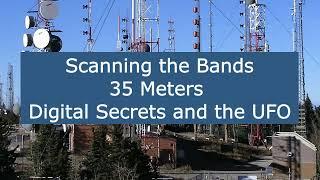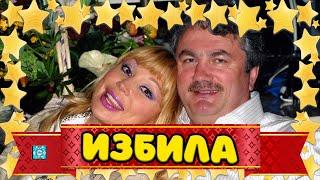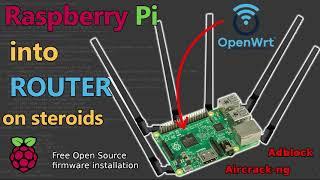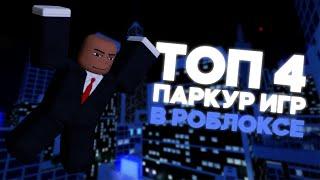
35 Meter Band - Digital Secrets and the UFO
Комментарии:

Very entertaining and instructive, this video makes me want to dig into this band more that I usually do. Thank you for sharing your knowledge.
Ответить
thanks I will be on there now awesome great for a beginner like me 👍
Ответить
Really enjoying this series exploring the bands. Thanks for making these videos, looking forward to the next one.
Ответить
Great stuff. Very interesting.
Ответить
During the Cold War in the 1980s, I listened to Warsaw Pact naval stations in the Bundeswehr Navy. The Morse code of the beacon "P" meant that the transmitter was stationed in Kaliningrad, Russia. It may still be the case today
Ответить
Your voice sounds very much like "Todderbert" am I correct??
Ответить
Great video. An excellent path into the depth and complexity of current day HF radio!
Ответить
This was excellent!
Ответить
A very cool & informative video, thank you 😄 I can confirm 8 MHz is incredibly interesting, it is a mixed bag of everything. And while some signals that used to be a staple (such as South African Navy Saab Grintek MHF-50 modem on 8580 kHz USB) or many maritime beacons, others are still active :) this band seems to be quite popular among fishermen, especially in more exotic locations, so you gonna want your antenna installation be as good as possible 🤓
Those non-beacon CW transmissions are usually naZi ruZZian military... Well, they are everywhere across HF.
And as for the aeronautical portion of the band, apart from Shannon Volmet on 8957 kHz, I'd recommend listening to Mumbai Radio on 8879 kHz. They're always very busy covering flights between Middle East and South Asia 😅

This was a great episode I do have a collection of data sounds over the years, but this was refreshing.
Ответить
XSL or the Slot Machine is said to be Japanese Navy.
It is a HF radio modem network that occupies quite a few frequencies simultaneously.
What you showed in your example is the system in it's idle state and not passing traffic.
If you listen for a while, you will hear it change state when passing traffic with a characteristic whooshing sound, then back to idle. All traffic will most certainly be encrypted.

New subscriber here! Great video
Ответить
Maritime. Australia maritime weather 8113khz.
Ответить
The 10 metre ham band ends at 29.700 Mhz not 30 Mhz.
Ответить
The single letter CW beacons were/ are used by the Soviet/Russian Navy for navigation purposes.
Ответить
thanks for the info, I just heard Indonesians and Filipinos and the digital stuff but very active from 8000-9000 in VK6
Ответить
👍
Ответить
Great video…. Would love to see more like this
Ответить
Great video. I have been watching this entire series.
Ответить
Using the Kiwi SDR as shown, click on the box Extension, there are several drop down options to decode many of the modes in this video, NAVTEC, HFFAX, HFDL etc...
Ответить
Great series so far, looking forward to more as a new subscriber.
Ответить
hickups???
Ответить
Thanks for this tutorial! I didn't know that on-line SDRs had decoder software built in to them for Fax and other digital modes!
Ответить
A lot of those digital signals are from city utilities and signals for trash pump stations.Its good skip sometimes to pick them up
Ответить
very interesting band... ive heard alot of strange things on it over the years..
Ответить
Hi, what antenna do you use please
Ответить










